Oceanic Micronesian Marshall Islands Composite Mother of Pearl Fish Hook
An Oceanic Micronesian Marshall Islands Composite Mother of Pearl Fish Hook used as Currency and for Catching Bonito
19th Century
Size: 10.5cm high, 3cm wide, 4.5cm deep - 4 ins high, 1¼ ins wide, 1¾ ins deep
19th Century
Size: 10.5cm high, 3cm wide, 4.5cm deep - 4 ins high, 1¼ ins wide, 1¾ ins deep
An Oceanic Micronesian Marshall Islands Composite Mother of Pearl Fish Hook used as Currency and for Catching Bonito
19th Century
Size: 10.5cm high, 3cm wide, 4.5cm deep - 4 ins high, 1¼ ins wide, 1¾ ins deep
19th Century
Size: 10.5cm high, 3cm wide, 4.5cm deep - 4 ins high, 1¼ ins wide, 1¾ ins deep
These Marshall Islands fish hooks had a monetary value and were known as ‘Jibbon Money’. Schneider writing in 1905 with reference to Poehl states ‘This is…. the only kind of shell currency that falls into the category of truly functional money rather than into that of jewellery currency’ (Muschelgeld-Studien, Dresden 1905.84:10) Lautz states that they were especially valuable objects: ‘Besides the mother of pearl shell kitchen knives on Palau and Yap, this was undoubtedly the only real currency in Micronesia that was derived from a utilitarian object and not a piece of jewellery. Indeed this ‘currency form’ was not only used for payment and purchase, but also for catching bonito. This mother of pearl fish hook appears to be the only one in all of Oceania that also had a currency value. All other hooks were really used exclusively for fishing and not as money’ (Steinreich in der Südse, Koln 1999.85:193/194)
Oceanic Micronesian Marshall Islands Composite Mother of Pearl Fish Hook
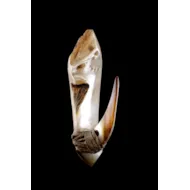
SOLD
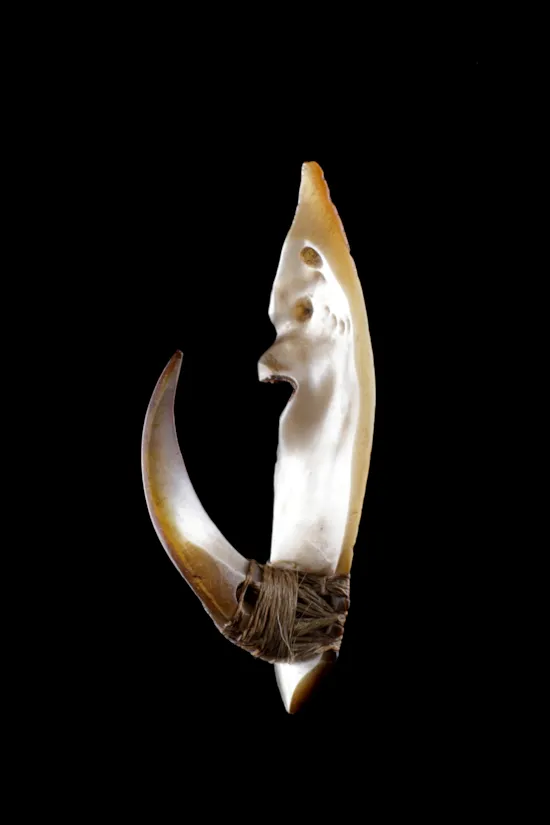
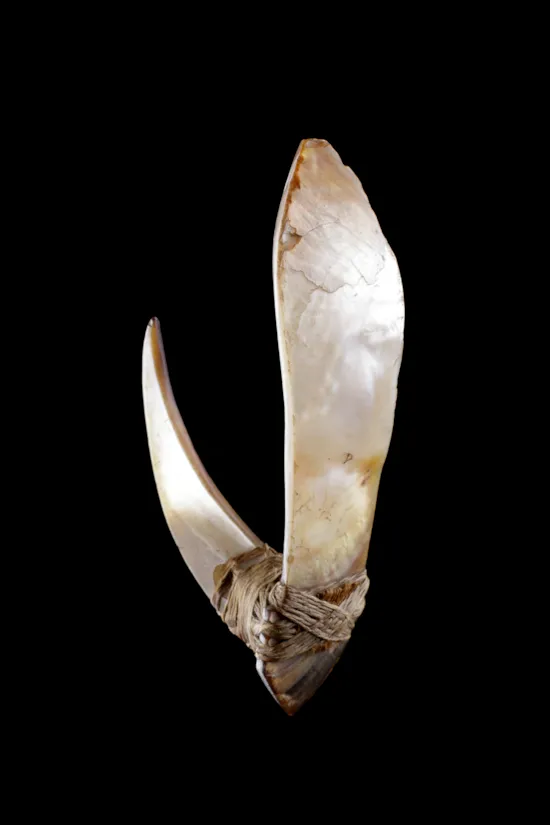
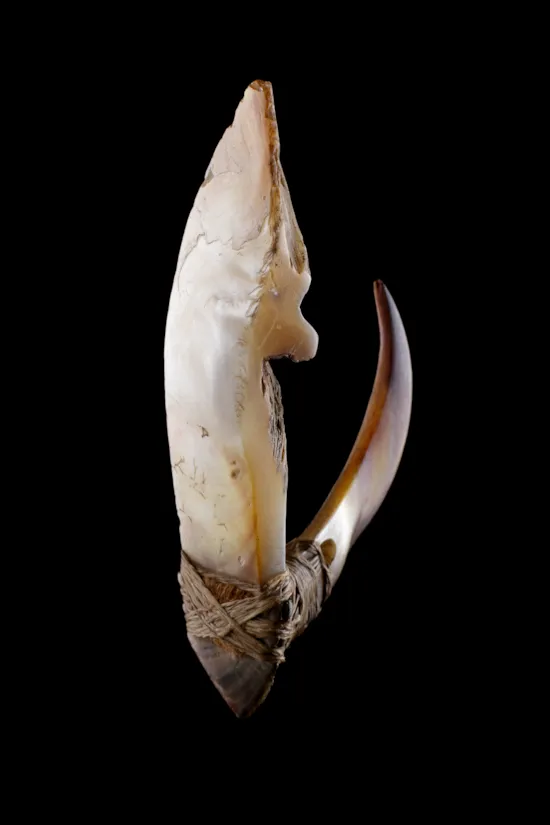
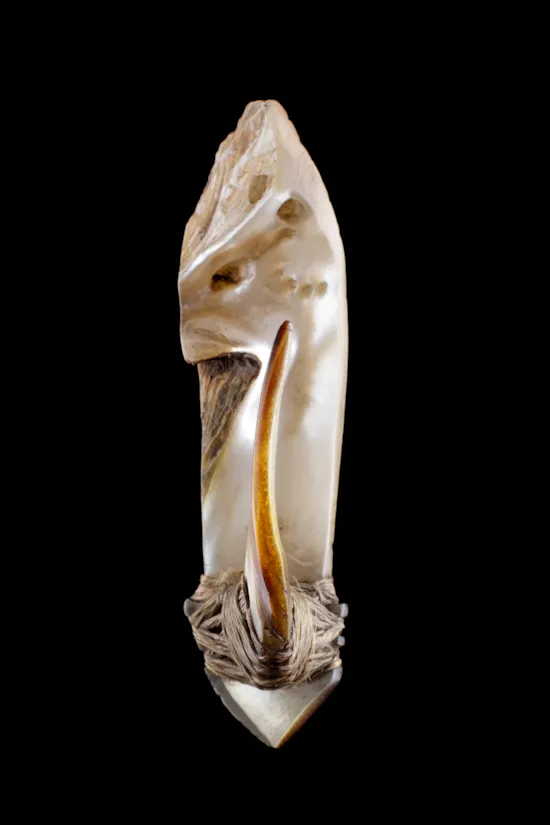
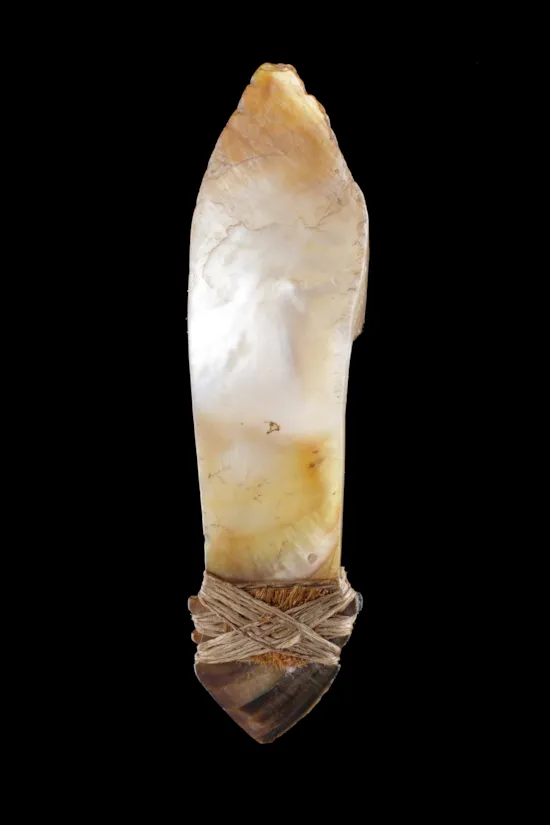





YOU MAY ALSO LIKE

